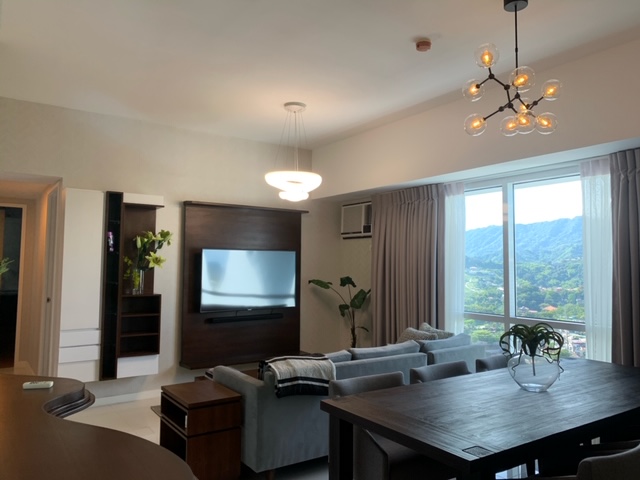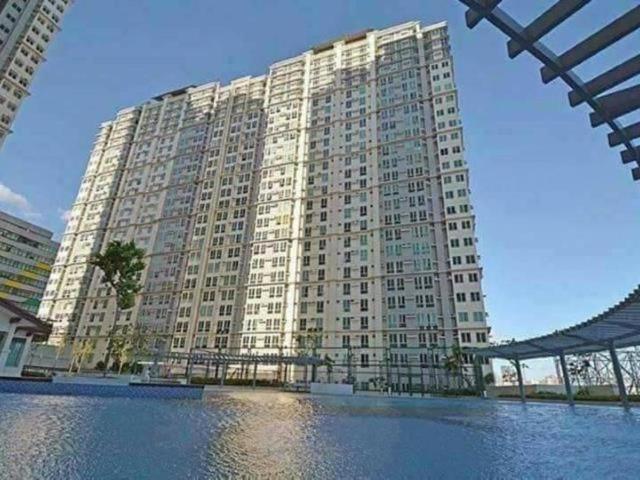Singapore’s real estate market is dynamic and constantly evolving, with new condo hotspots emerging as the city continues to develop. Identifying these emerging hotspots can be a lucrative endeavor for both investors and homebuyers. But how do you pinpoint these areas before they become the next big thing? Here’s a comprehensive guide to help you identify emerging condo hotspots in Singapore.
1. Infrastructure Developments
Infrastructure developments are often a precursor to property booms. The government’s Urban Redevelopment Authority (URA) plans provide insights into future infrastructural projects such as new MRT lines, expressways, and commercial hubs. Areas that are set to benefit from improved connectivity and new amenities tend to attract both developers and buyers.
For example, the Thomson-East Coast Line has spurred interest in areas such as Woodlands, Lentor, and Marine Parade. These areas are witnessing increased property development and rising demand due to the promise of enhanced accessibility.
2. Government Master Plans
The URA’s Master Plan outlines the long-term land use in Singapore, detailing areas designated for residential, commercial, and recreational developments. By studying these plans, you can identify zones earmarked for transformation. The Master Plan provides a roadmap of how different districts will evolve over the next 10 to 15 years.
For instance, the Greater Southern Waterfront project aims to transform the southern coastline of Singapore into a vibrant waterfront district. This large-scale development is expected to boost property values in nearby areas like Pasir Panjang, Keppel, and Tanjong Pagar.
3. New Commercial Hubs
The creation of new commercial hubs can turn previously overlooked areas into sought-after locations. These hubs bring in jobs, amenities, and an influx of people looking for housing nearby. For example, the Paya Lebar Central transformation into a bustling commercial hub has led to increased interest in residential properties in Paya Lebar and its surroundings.
Similarly, the upcoming Jurong Lake District, envisioned as Singapore’s second Central Business District (CBD), is likely to drive up demand for condos in Jurong and the western region of Singapore.
4. Educational Institutions
Proximity to reputable schools and educational institutions is a key consideration for many homebuyers, particularly families. Areas near established or upcoming schools often see heightened demand and price appreciation.
For instance, the relocation of the Singapore University of Technology and Design (SUTD) to the east has boosted the appeal of nearby residential areas like Tampines and Bedok. Properties within close proximity to good schools generally enjoy stronger demand and better resale value.
5. Lifestyle Amenities
Emerging hotspots often boast an array of lifestyle amenities such as shopping malls, dining options, recreational facilities, and parks. Areas undergoing gentrification, with new cafes, boutiques, and entertainment options, tend to attract young professionals and expatriates.
Neighborhoods like Holland Village, Tiong Bahru, and Joo Chiat are prime examples. These areas have seen significant rejuvenation, turning into trendy enclaves with a mix of modern conveniences and cultural charm.
6. Land Supply and New Launches
Pay attention to areas with a significant number of new condo launches. Developers often acquire land in regions they anticipate will experience growth. The release of new plots of land for residential development by the government is also a strong indicator of an emerging hotspot.
For example, the Bukit Timah area has seen numerous new launches in recent years, indicating a growing interest and potential for price appreciation. Monitoring the Government Land Sales (GLS) program can provide insights into where future developments will occur.
7. Urban Renewal Projects
Urban renewal projects breathe new life into older districts, making them attractive once again. These projects can involve the refurbishment of old buildings, improvement of public spaces, and upgrading of infrastructure.
The rejuvenation of the Downtown Core and the transformation of Rochor into a mixed-use district are examples of how urban renewal can elevate the appeal of an area. Similarly, the redevelopment of Kampong Bugis is set to create a vibrant waterfront community, making it a potential hotspot.
8. Market Trends and Data Analysis
Keeping an eye on property market trends and analyzing data can help identify emerging hotspots. Look at transaction volumes, price trends, and rental yields. Areas experiencing increasing transaction volumes and rising prices are likely to be on the upswing.

Real estate portals and agencies often provide detailed reports and market analyses. Subscribing to these resources can provide valuable insights into market dynamics and help you spot trends early.
9. Engage with Real Estate Experts
Consulting with real estate experts, agents, and analysts can provide you with insider knowledge and professional advice. These professionals have their ears to the ground and can offer valuable insights into upcoming trends and potential hotspots.
Networking with real estate agents who specialize in different districts can help you gain a comprehensive understanding of the market. They can also provide firsthand information about upcoming developments and government plans.
10. Community Sentiment and Feedback
Lastly, paying attention to community sentiment and feedback can offer qualitative insights into emerging hotspots. Online forums, social media groups, and property review sites can provide a sense of what residents and potential buyers think about different areas.
Listening to the ground can help you gauge the desirability of a neighborhood and identify areas that are gaining popularity among homebuyers and investors.
Conclusion
Identifying emerging condo hotspots in Singapore requires a multifaceted approach that combines analysis of infrastructure developments, government plans, commercial hubs, educational institutions, lifestyle amenities, land supply, urban renewal projects, market trends, expert advice, and community sentiment. By staying informed and proactive, you can spot areas with high growth potential and make savvy investment decisions. Singapore’s ever-evolving landscape presents numerous opportunities, and with the right insights, you can capitalize on the next big hotspot. If you want to learn more about emerging condo hotspots in Singapore, they suggest that you head to Emerald Of Katong.

